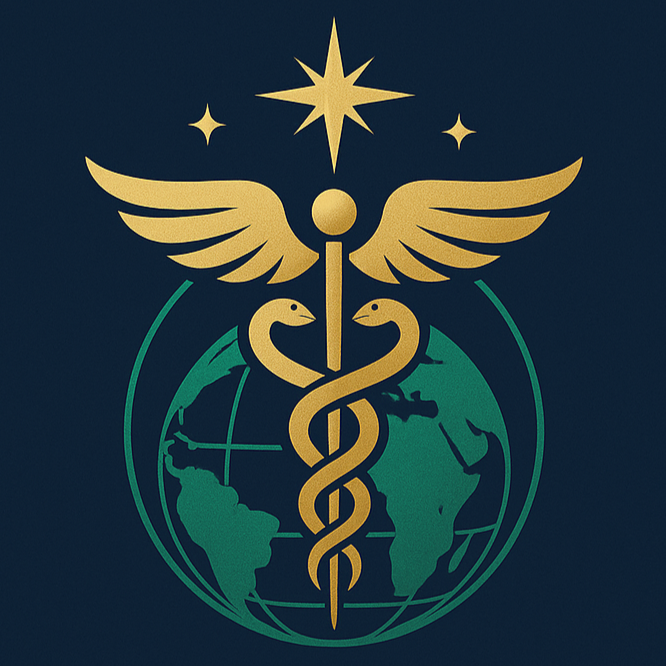Regenerative Medicine
新興醫療領域,為您的未來健康增加保障,甚至奇蹟。
Introduction to Regenerative Medicine
🧬 Regenerative Medicine
Regenerative medicine is a field that harnesses the body's natural healing capabilities to restore, repair, or replace damaged tissues and organs. It aims to recover normal function and offers hope for conditions that traditional treatments may not effectively cure. This field integrates stem cell technology, tissue engineering, biomaterials, and gene therapy.
🔬 Main Therapies and Applications
1. Stem Cell Therapy
Description: Uses pluripotent or multipotent stem cells (e.g., mesenchymal stem cells [MSCs], hematopoietic stem cells [HSCs]) to promote tissue regeneration.
Applicable Conditions:
Degenerative joint diseases (e.g., osteoarthritis)
Neurological disorders (e.g., Parkinson's disease, spinal cord injuries)
Cardiovascular disease (e.g., post-myocardial infarction repair)
Chronic wounds (e.g., diabetic ulcers)
Autoimmune diseases (e.g., lupus)
2. Tissue Engineering
Description: Combines scaffolds, cells, and growth factors to fabricate artificial tissues.
Applications:
Artificial skin for burn patients
Engineered cartilage, bladder, and trachea
Future development: artificial liver, kidney, and other complex organs
3. Cell Therapy
Description: Involves the use of various cells (not limited to stem cells) such as immune cells, especially in combination with immunotherapy.
Applications:
Cancer immunotherapy (e.g., CAR-T cell therapy)
Immune modulation after organ transplantation
Reproductive medicine (e.g., endometrial regeneration)
4. Gene Editing and Gene Therapy
Description: Uses advanced technologies like CRISPR to correct defective genes or enhance regenerative capacity.
Applications:
Genetic diseases (e.g., thalassemia)
Enhancement of regenerative function (often used with stem cells)
5. Biomaterials and Regenerative Scaffolds
Description: 3D printing and biomaterials are used to create biodegradable scaffolds that support cell growth and tissue formation.
Applications:
Bone repair
Vascular regeneration
Temporary structures in organ reconstruction
🌍 Global Applications and Trends
Countries such as South Korea, Japan, Taiwan, and the United States are actively advancing regenerative medicine through clinical trials and regulatory frameworks. Key areas include:
Post-surgical recovery for cancer patients
Degenerative joint disease treatment
Reproductive medicine and uterine regeneration
Pre-transplant organ repair support
⚠️ Important Considerations
Many regenerative therapies are still experimental and must be administered in certified clinical institutions.
Scientific validation is ongoing, so patients should consult licensed medical professionals.
For medical tourism, ensure that treatments are legal and institutions are properly accredited.








